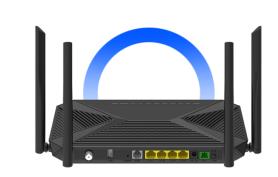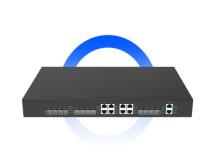When we transmit a signal, whether it is an optical signal, an electrical signal, or a wireless signal, if it is directly transmitted, the signal is easily disturbed by noise, and it is difficult to obtain accurate information at the receiving end. In order to improve the anti-interference ability of the system, it can be realized by modulating the signal. Modulation can also make better use of the channels, so it has a big effect on how well and reliably communication systems work.
The angle modulation described below is for analogue signals.
A sinusoidal carrier has three parameters: amplitude, frequency, and phase. We can load the information of the modulated signal not only in the amplitude change of the carrier but also in the frequency or phase change of the carrier. During modulation, if the frequency of the carrier varies with the modulation signal, it is called frequency modulation or frequency modulation (FM); if the phase of the carrier varies with the modulation signal, it is called phase modulation or phase modulation (PM) In these two kinds of modulation processes, the amplitude of the carrier remains constant, and the change of frequency and phase is shown as the change of the instantaneous phase of the carrier. Therefore, FM and phase modulation are collectively referred to as angle modulation.
The difference between angle modulation and amplitude modulation is that the modulated signal spectrum is no longer the linear shift of the original modulated signal spectrum, but the nonlinear transformation of the spectrum, which will produce new frequency components different from the spectrum shift, so it is also called non linear modulation.
FM and PM are widely used in communication systems. FM is widely used in high-fidelity music broadcasting, TV sound signal transmission, satellite communication, and cellular telephone systems. In addition to being directly used for transmission, PM is also commonly used as a transition for indirectly generating FM signals. There is a close relationship between frequency modulation and phase modulation.
Compared with the amplitude modulation technology, the most prominent advantage of angle modulation is its high anti noise performance. However, there are gains and losses. The cost of obtaining this advantage is that the angle modulation occupies a wider bandwidth than the amplitude modulation signal.
The above is the explanation of knowledge points about nonlinear modulation (angle modulation) brought HDV photoelectric Technology Co., Ltd. Shenzhen HDV photoelectric Technology Co., Ltd. is mainly a manufacturer of communication products. At present, the equipment produced covers the ONU series, optical module series, OLT series, and transceiver series. We can provide customized services for different scenarios. You are welcome to consult.







